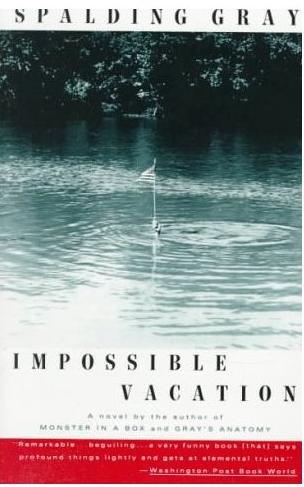Maybe it’s because I’ve just returned from some time away from the office — and the blog. For whatever reason, a post from earlier this year by Jared Spool reminded me of Spalding Gray’s comedic novel/memoir Impossible Vacation. Spool insists that an online persona is not a document. He contends that it is far more alive — a corpus of research and hands-on interaction. His key point: “Personas are to persona descriptions as vacations are to souvenir picture albums.”
Of course he is right. Stating as much is akin to other applause-getters, such as “Hitler was a bad man.” But he goes on to deliver the goods. Spool, of User Interface Engineering, provides excellent examples and resources that can help marketing technologists in the pursuit of that “vacation” experience. For instance, Spool sites this slideshow presentation by Todd Zaki Warfel of Messagefirst. Todd’s list of common persona mistakes includes not using them throughout the design process — something I feel is key to making personas come alive.
The late Spalding Gray was a monologist best known for acutely personal one-man shows. His novel, Impossible Vacation, was similarly self-referential. The protagonist struggles through a sequence of sometimes perverse journeys, never able to — well, you can guess. Building personas is equally unending. Every new dataset and customer encounter should enhance a deepening understanding of user needs and motivations.
The personas you build should be revisited and revised frequently. How else do you share any new-found user understanding? The objective is to “grok” your various user types, to use Robert Heinlein’s coinage. Heinlein defined grokking this way:
Grok means to understand so thoroughly that the observer becomes a part of the observed—to merge, blend, intermarry, lose identity in group experience.
Impossible? Yes. But by every degree of striving, user interface design becomes more useful to the people who matter most.
